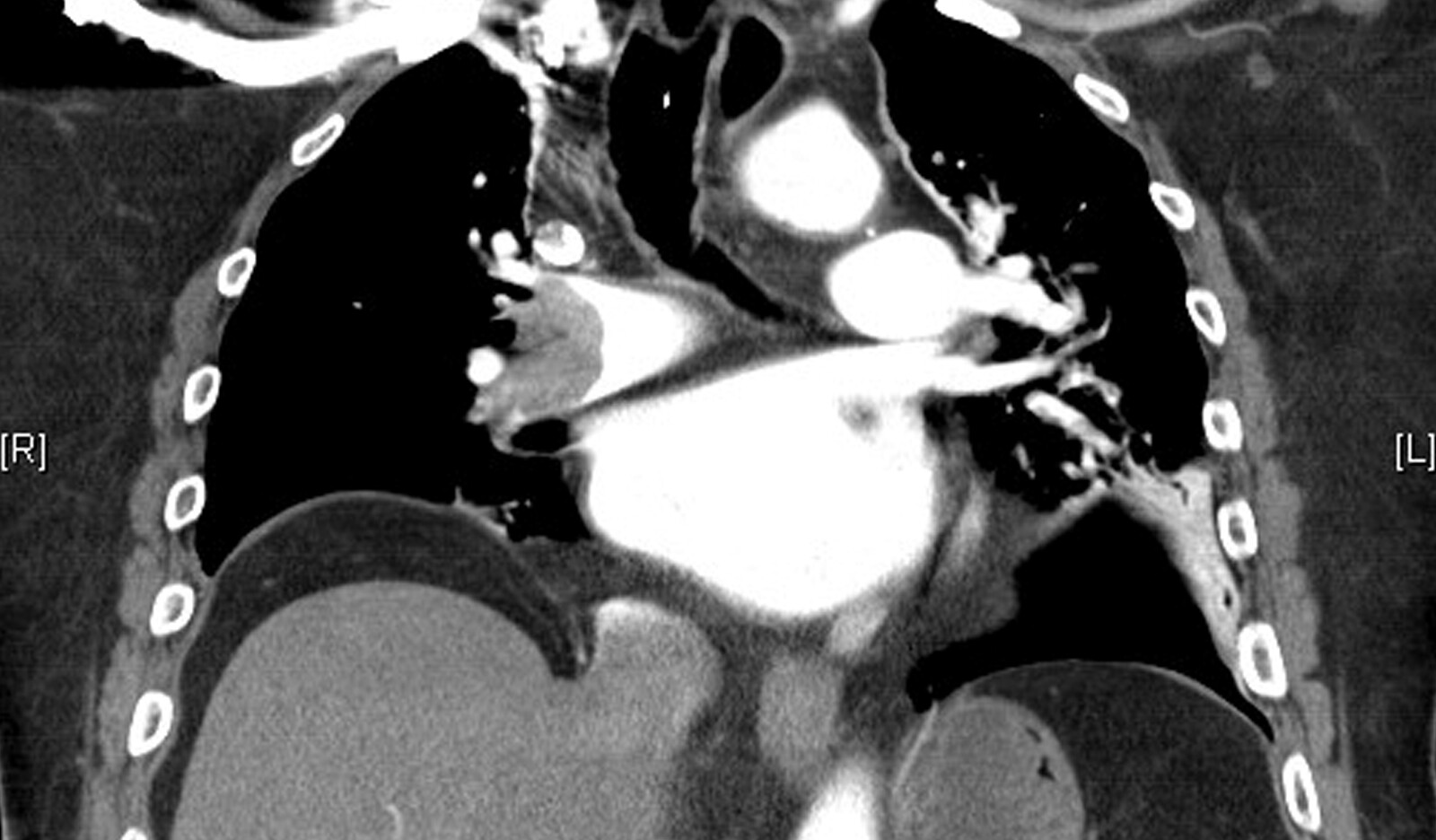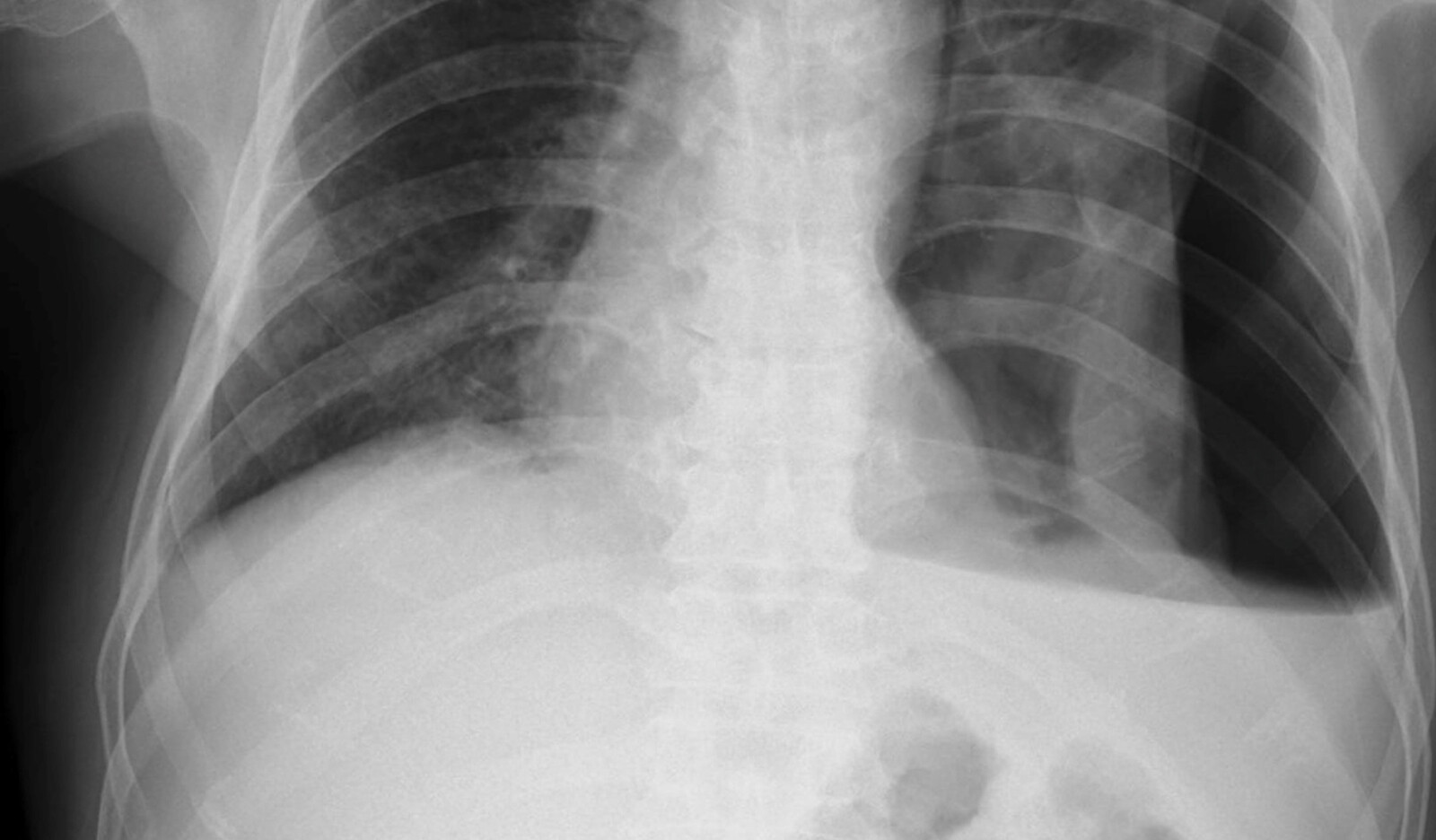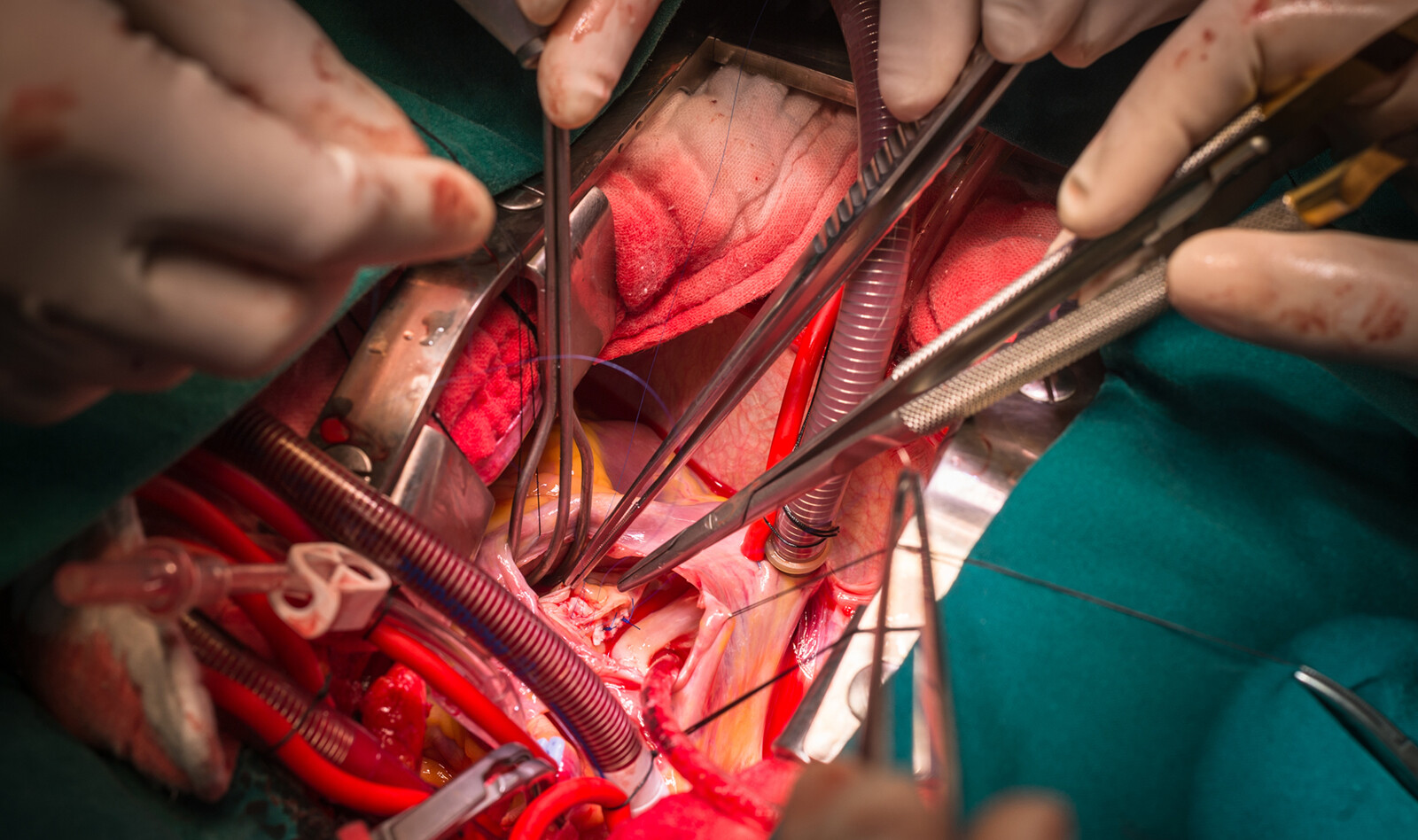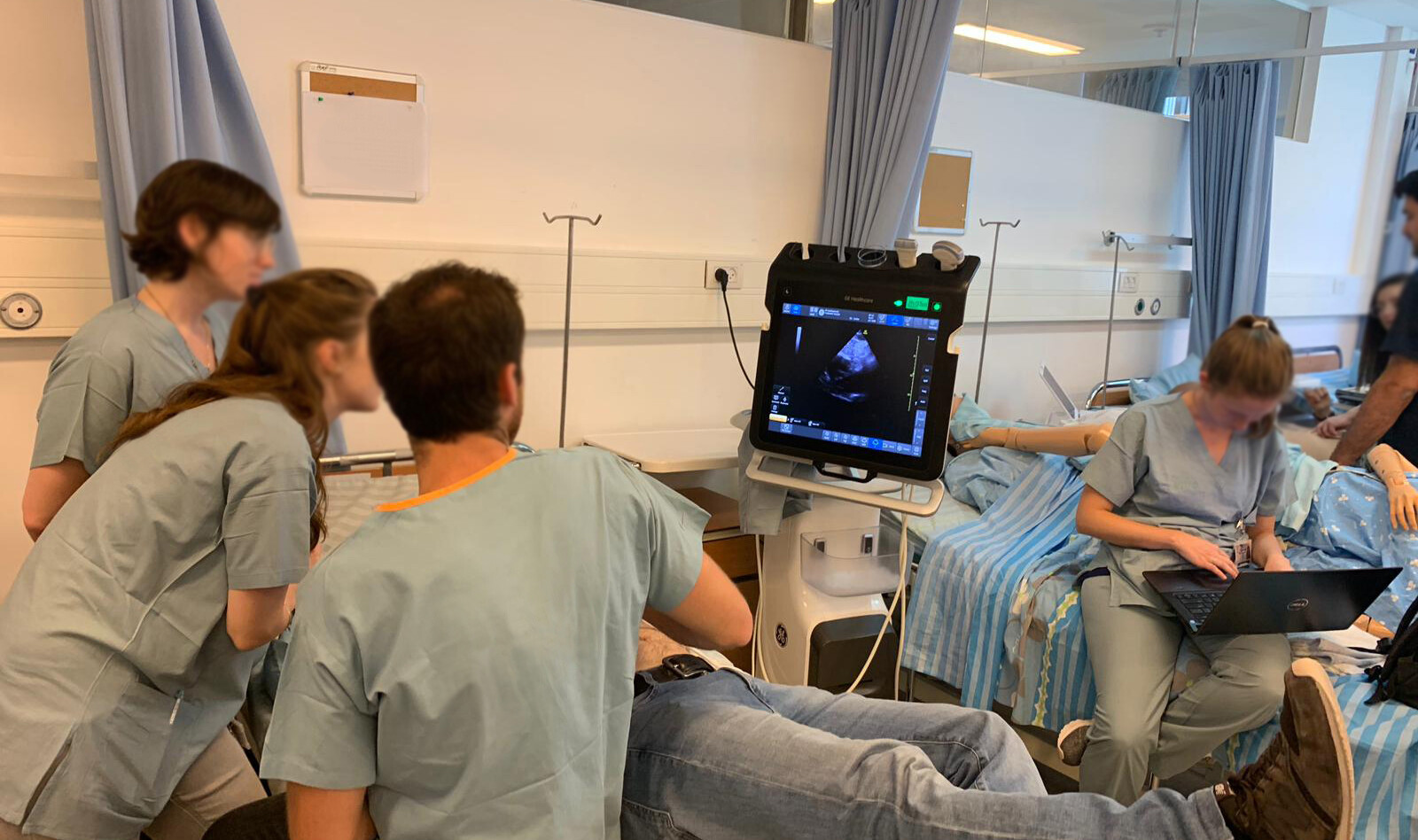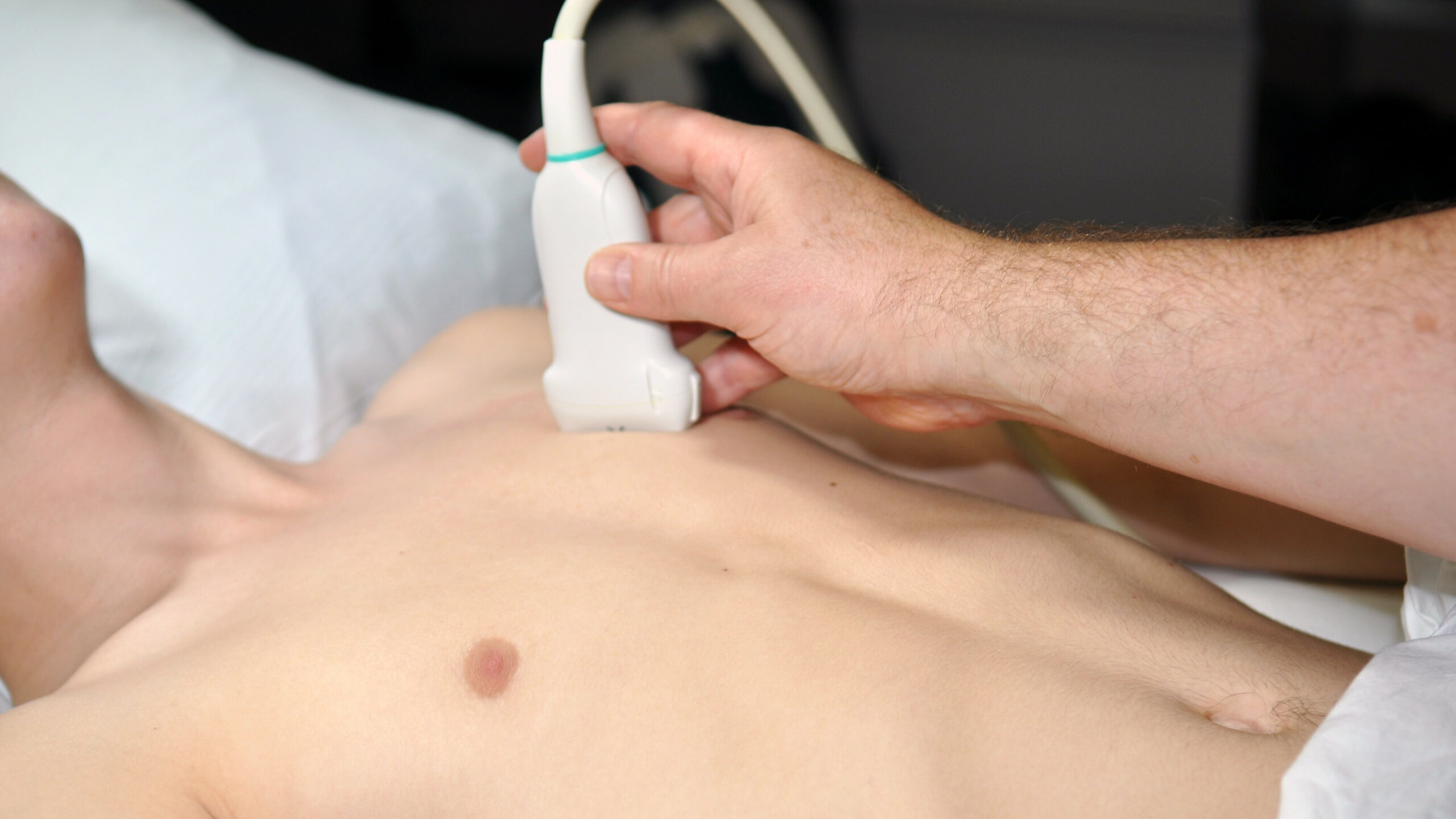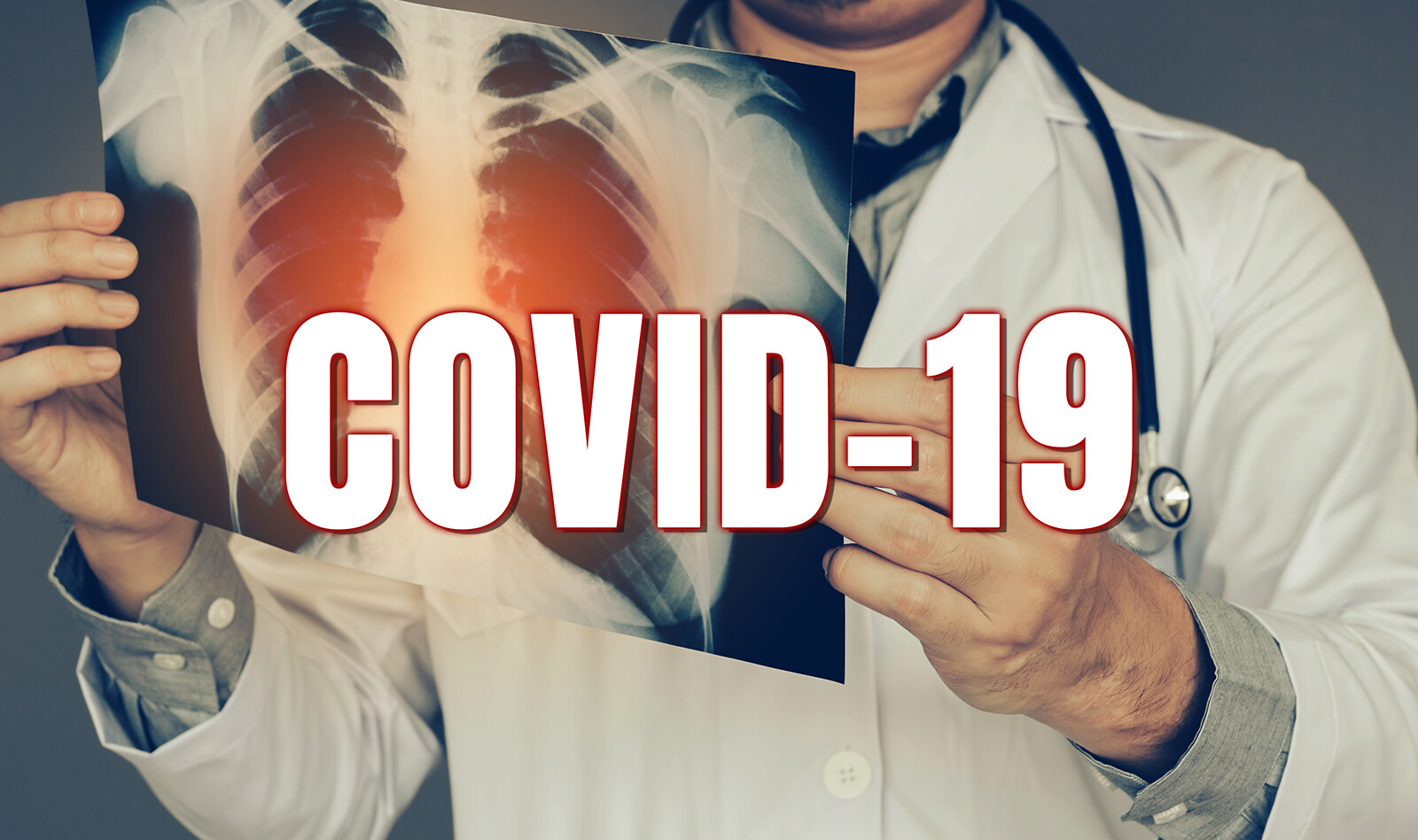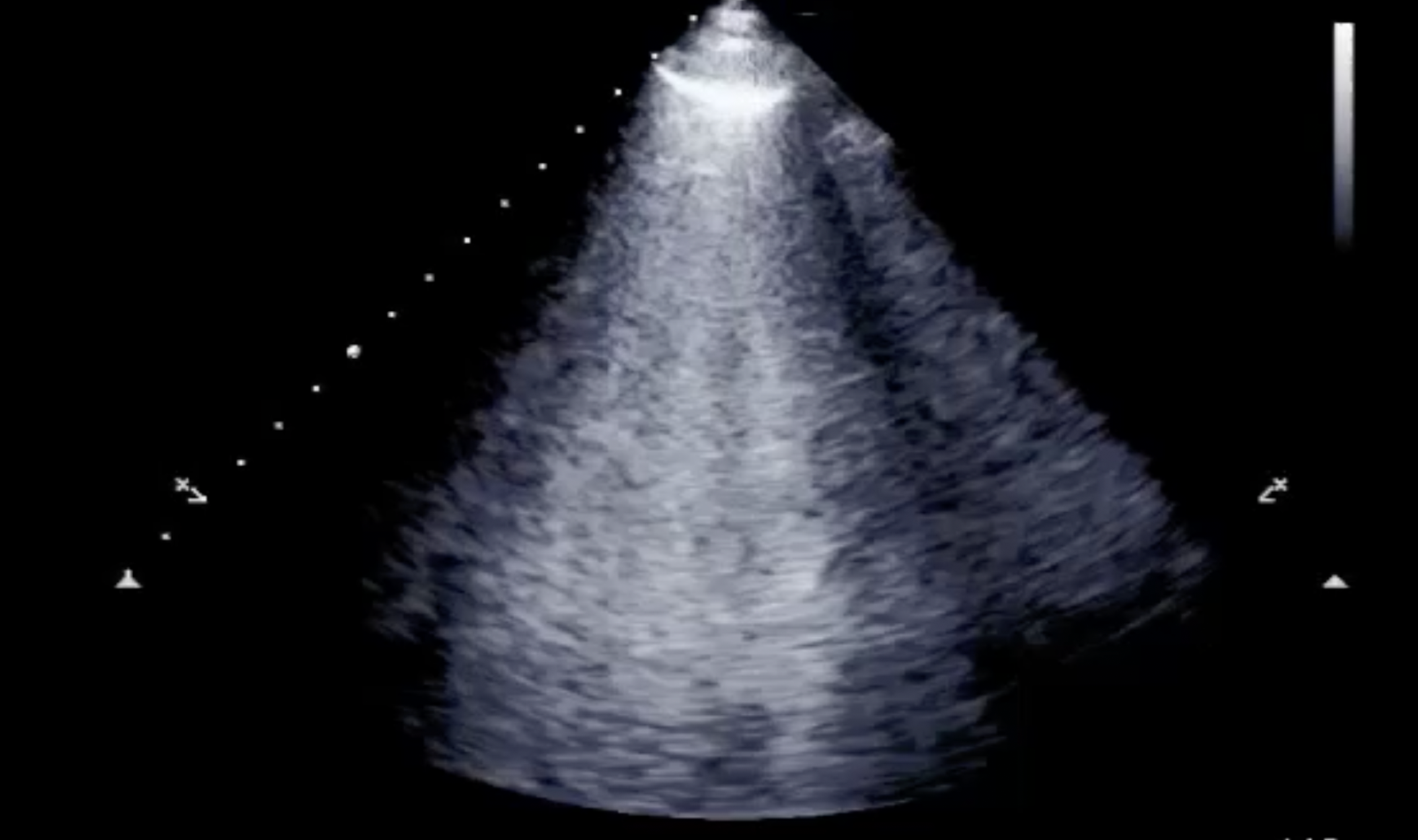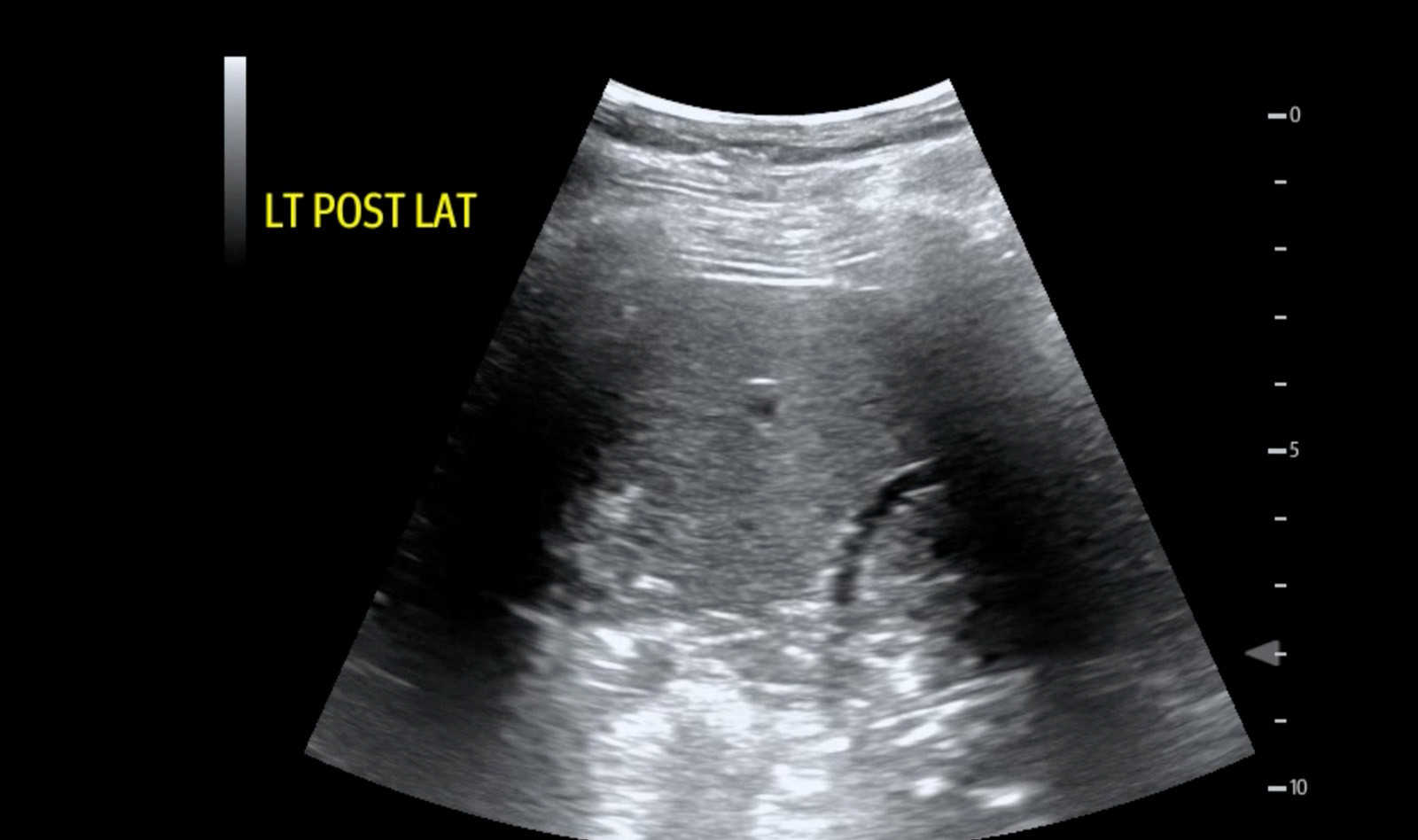ORIGINAL ARTICLE • Retrospective Analysis of the Diagnostic Accuracy of Lung Ultrasound for Pulmonary Embolism in Patients with and without Pleuritic Chest Pain
Pleuritic chest pain – sharp chest pain exacerbated by breathing or coughing – is a common presenting symptom in the emergency department (ED) and requires a careful differential diagnosis between benign conditions such as musculoskeletal pain, and more serious diseases like pulmonary embolism (...
 English
English
 Español
Español 
